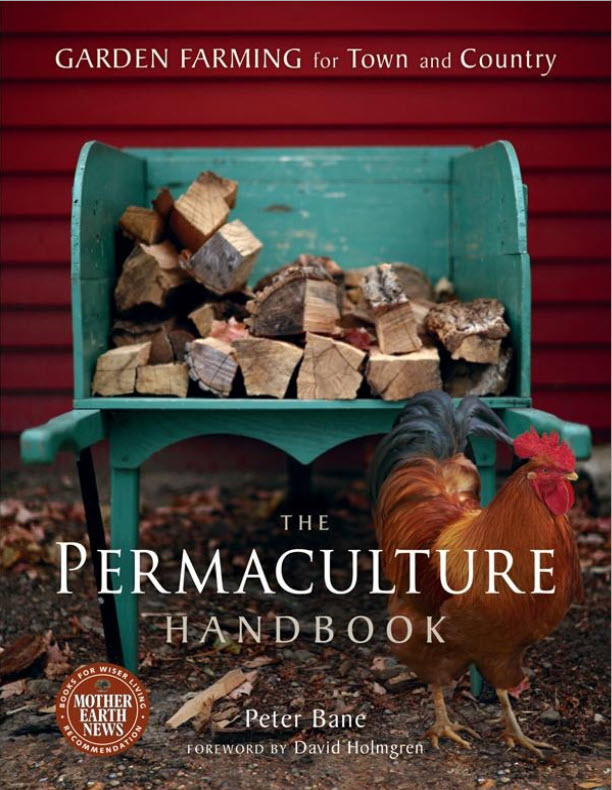
The Permaculture Handbook: Garden Farming for Town and Country
More DetailsCHAPTER 1
Garden Farming
New and old at the same time, garden farming has historical antecedents and contemporary examples all over the world. At its simplest it is no more than the efforts of people to provide for their own needs from their immediate surroundings, work that connects us directly to our Neolithic ancestors. Dressed up in the patriotic colors of Victory Gardens during World War II, garden farming grew 40% of America’s produce.
1. Small farms are still the pattern in Japan, Korea, Taiwan, Poland, Slovenia and many other developed Asian and central European countries. In the Soviet Union, where the state-run collective farms were notoriously inefficient and food shops were often empty or offered limited supplies, the Russian people learned to supplement their diet from produce grown at their dachas, small summer cottages just beyond the urban fringe.
When the Soviet Union collapsed in 1991, these peri-urban garden farms were a lifeline that prevented mass hunger. People simply planted extra rows of potatoes and cabbages, and when they couldn’t get fuel to drive out to the country, took the bus or rode a bike. Private allotments surrounding cottages today grow 50% of the country’s vegetables, fruits and dairy on 7% of the land.
2. These and other examples throughout this Permaculture Handbook will show that much of garden farming is about meeting household needs — what in permaculture is called self-reliance — a term that I distinguish from the more commonly used phrase, self-sufficiency. Self-sufficiency implies not needing any supplies from outside.
Back
